-1140x400h.jpg)
For at least 2,000 years, the region once known as Persia, has remained the most important source of turquoise. It’s sky-blue turquoise has always been a magnet for beauty seekers throughout history.
Turquoise is a non-vitreous stone, which differs in shade from blue, green and blue-green depending on its origin.
The blue color of turquoise is enhanced when it has been formed in an area that contains more copper. If there is more aluminum, it becomes more greenish and in the presence of zinc, the deposits display a rare yellow-green combination.
A hydrated phosphate of copper and aluminum, turquoise is usually found in areas where the native rocks have been changed through the intrusion of rocks from volcanic or other thermal influence.

Persian turquoise is extensively found in Iran’s northeastern city of Neyshabur, located about 150 kilometers west of the city of Mashhad in Khorasan Razavi Province, and dates back to 4,000 BCE.
Neyshabur turquoise mines located 53 kilometers northwest of the city and near the old caravan routes, are believed to be among the world’s oldest known turquoise mines, which supplied the stone to Europe, Western Asia and America.
The city was once a significant spot on the ancient Silk Road, linking the Iranian plateau and Central Asia – meaning Anatolia and the Mediterranean to China.
Archeological excavations have yielded Persian turquoise in ancient graves in Turkistan and throughout the Caucasus dating back to the first to third century BCE.
The massive, robin’s egg blue Persian turquoise is used in making jewelry and creating mosaics, inlays or overlays that have adorned numerous monuments over the centuries. It takes a fine polish and does not lose color with time.
Turquoise might have been the first gemstone to be used in jewelry. Historical documents show that Egyptian Queens wore bracelets made of gold and turquoise.
Archeological findings show that early inhabitants of the Western hemisphere had detailed knowledge of turquoise and used it for luck and health reasons. The stone had religious, artistic, and trade values. It was also used in negotiating treaties and making jewelry.

Turquoise has been the origin of many superstitions throughout time. In the third century, the stone was believed to have the power to prevent its owner from falling off his/her horse.

A change in color was believed to be a sign of a wife’s infidelity. Arabs believed it shined when the air was pure and became pale when the air was dim.
Persians believed that the reflection of a new moon on turquoise brought luck, and guarded against evil. They also believed that looking at the stone could sharpen eyesight and placing it on an inflamed eye was considered to be a cure.
.jpg)
The ancients also believed that turquoise indicated its owner’s health, turning pale at the time of illness and losing color at the time of death. They believed that the stone regained its original beauty in the hands of a new and healthy owner.
Some people believed that turquoise could predict the weather and affect dreams. Pre-Columbian western inhabitants such as the Aztecs, Incas and Mayas worshiped turquoise and used it in religious ceremonies.
Aztecs and Egyptians considered it a symbol of prosperity. In India, wearing turquoise on the pinky and looking at the stone after seeing the new moon was believed to bring great wealth.

Even today, some people believe turquoise is beneficial for laryngitis, respiratory and immune system ailments and stress.
Turquoise is usually treated by dyeing, waxing and oiling. It can also be impregnated with paraffin, shellac, varnish, lacquer, epoxy resin, plastic or water glass (sodium silicate).
In ancient times, they polished turquoise by soaking the stone in animal or vegetable oil and letting it dry afterwards.
.jpg)
The stone is sometimes stabilized by inorganic mineral salts, such as colloidal silica and sodium silicate. Although the stabilization process darkens and saturates the stone’s color, it does not mar its beauty.
Inlaid turquoise is one of the most beautiful Iranian artworks with a history of at least half a century. The art consists of setting pieces of turquoise on copper, silver, brass and bronze dishes.
Iranian artists use turquoise in various forms of art including calligraphy and handicrafts.

Turquoise jewelry has always been popular in the Orient. It was a highly revered item among Tibetans and was used in China since the thirteenth century BCE.
The Persians divided Turquoise into three classes. Fine ring stones were called Anqushtari. Persian Turquoise stones of intermediate quality were called Barkhaneh. Persian Turquoise Stones that were pale, greenish, or with spots from the matrix were called Arabi. Traditionally, brilliant blue stones with no matrix were preferred in the Middle East. You could say this was the original Sleeping Beauty Turquoise. Today, Persian turquoise in a variety of shades and matrices can be found in jewelry and appreciated for its classic beauty.
Did you know that no English gentleman of the 17th century was regarded as well dressed or well adorned unless he wore jewelry of turquoise? This stone was so highly valued that all 79 of the emeralds in the crown that Napoleon I gave his consort Empress Marie Louise were replaced with Persian Turquoise cabochons.
There are many more Persian Turquoise mines in Iran than listed below, but here are a few known and verified Persian Turquoise mines:
Abo Ishaghi: This old cave was closed 50 years ago, It is said that the oldest cave is this cave, it had the highest quality of turquoise which allowed cutters and pushiers to cut it in a special shape which was sharp head cut. This cut also known as Abo Ishaghi. Some people also call it Abdo Al’Razaqi.
Rokni – This mine had good quality Turquoise and was excavated from under ground to the top of mountain
Khak Ghermez – This mine is known for the “Robin’s Egg Blue” Turquoise and a mid blue color Turquoise that is cut to exclude any matrix. This is probably the most commonly known Persian Turquoise world wide.
Photo Credit: Iran Window, Durango Silver, Mehr News
Article Source: Click Here
Buy Persian Handicrafts at: www.persianhandicrafts.com
Facebook: https://www.facebook.com/persispersianhandicrafts
Google+:https://plus.google.com/+Persiscraftspersianhandicrafts
Twitter: https://twitter.com/persiscrafts
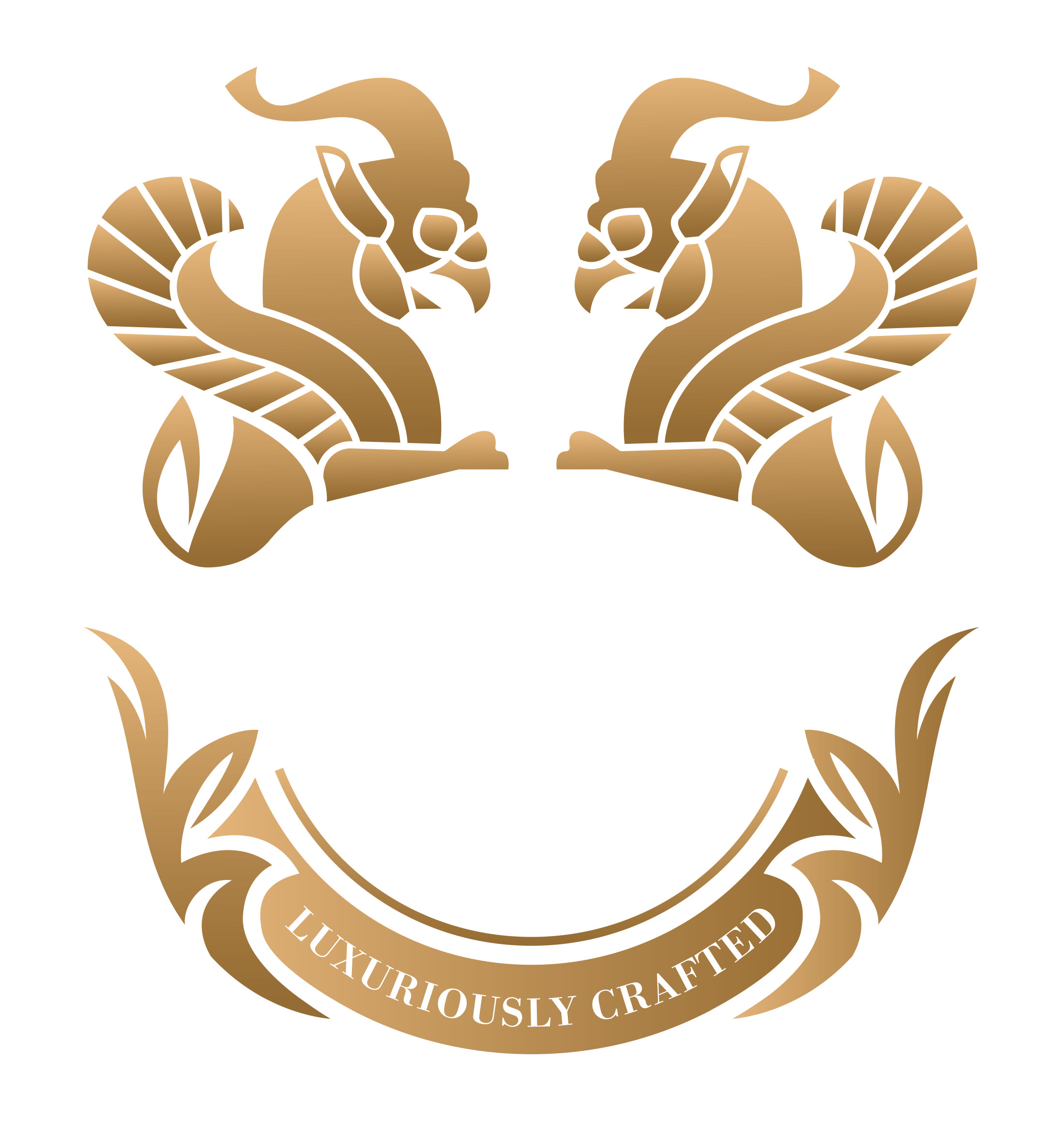
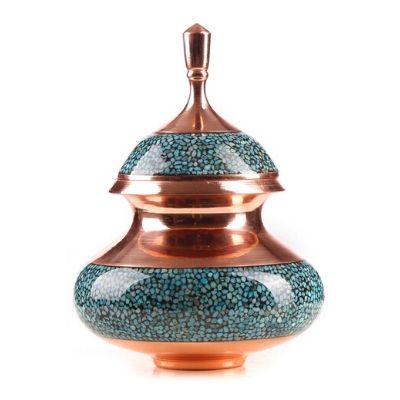
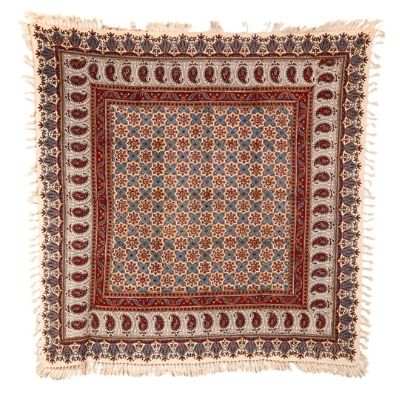
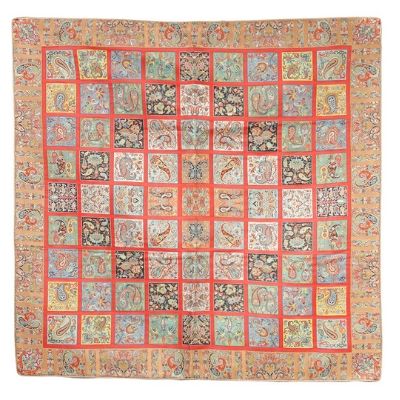
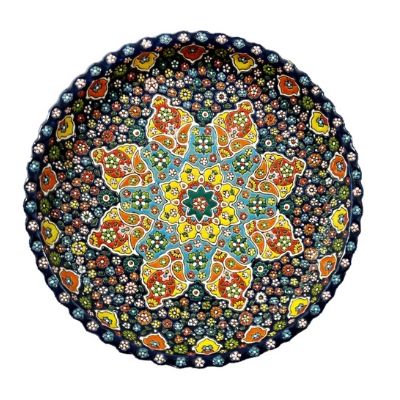
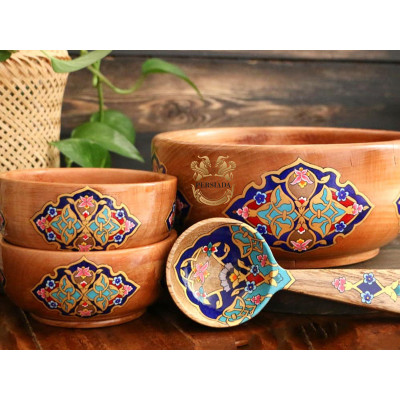
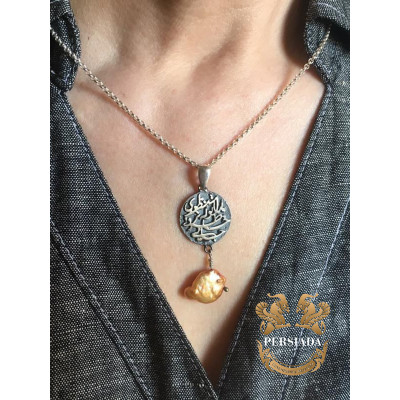
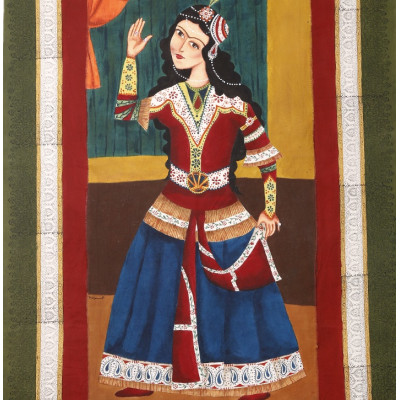
-400x400.png)
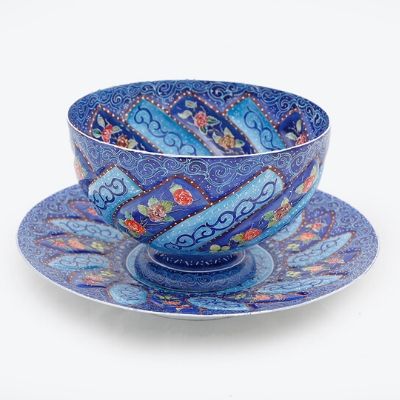
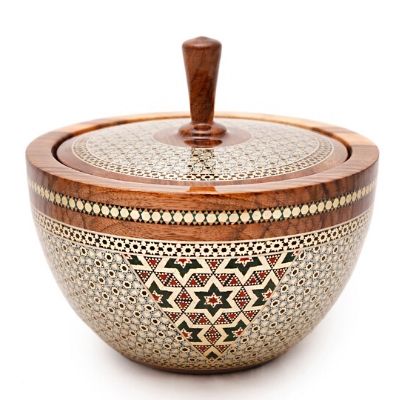
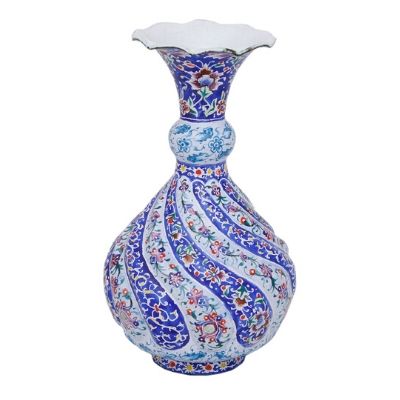
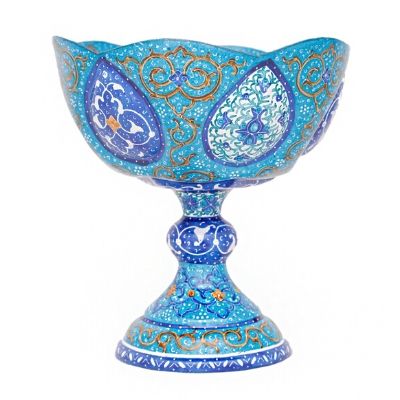
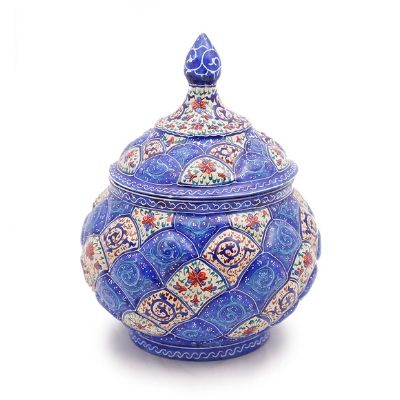
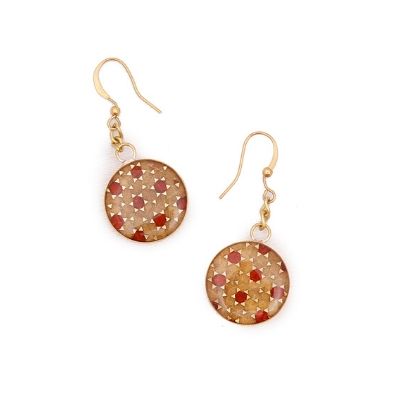
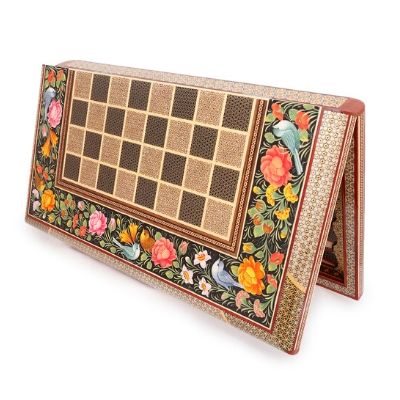
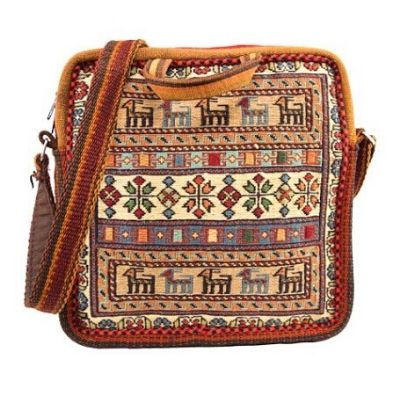
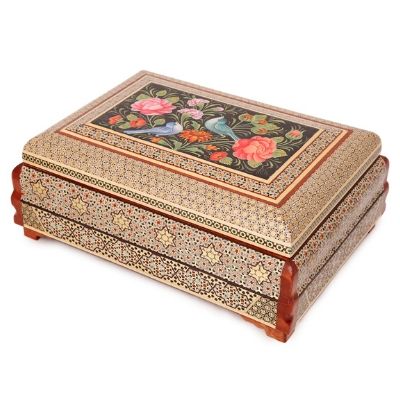
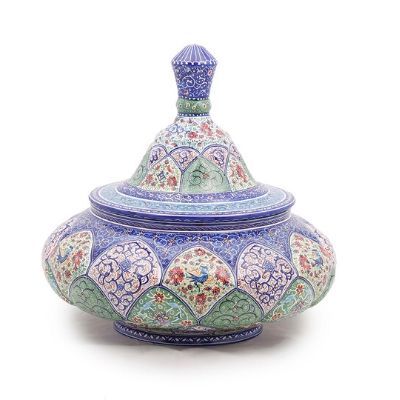
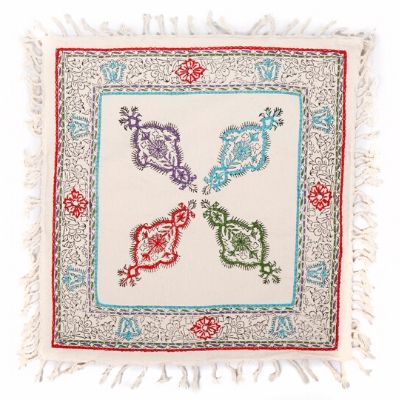
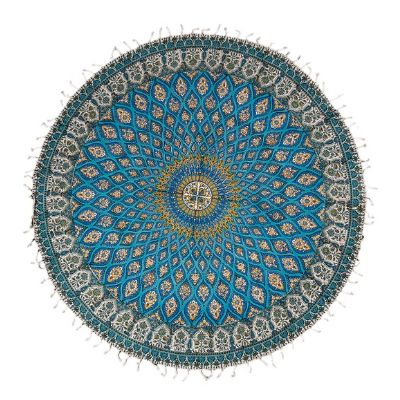
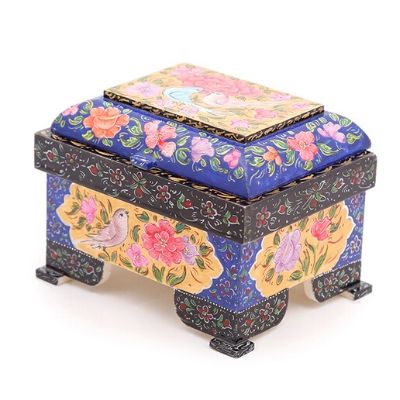
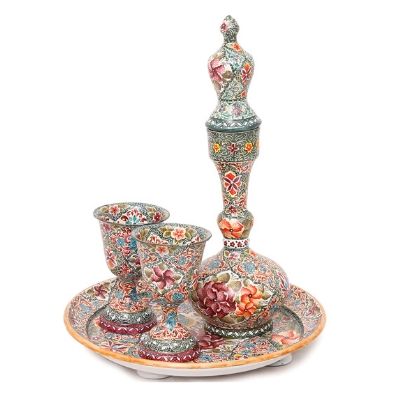
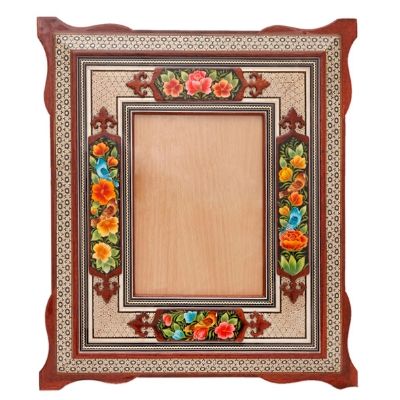
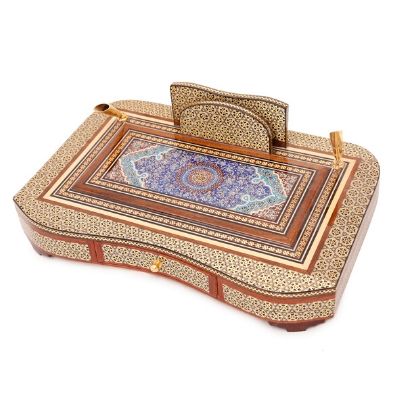
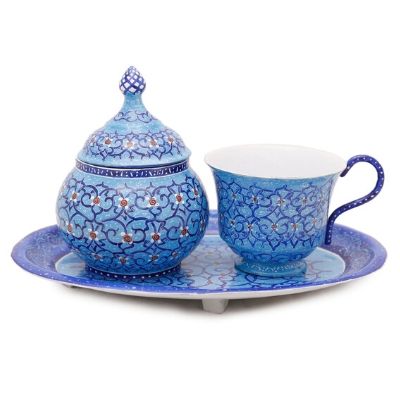
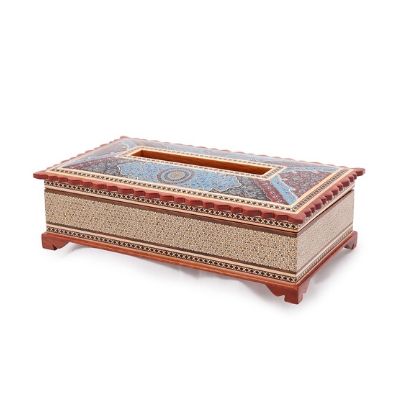
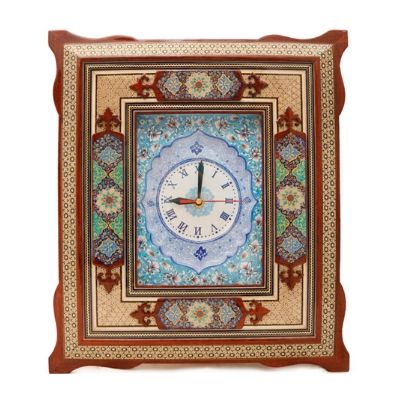
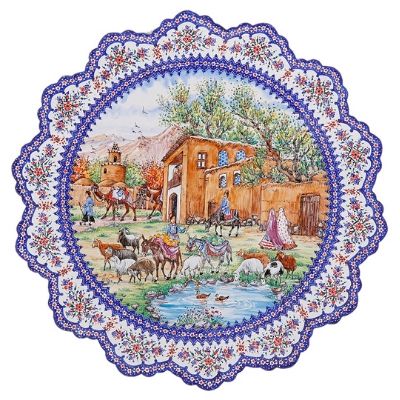
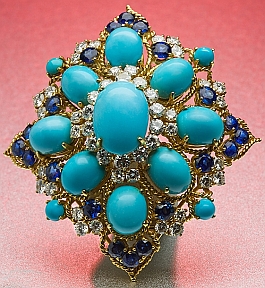
Leave a Comment